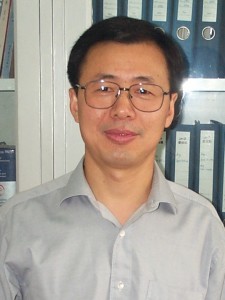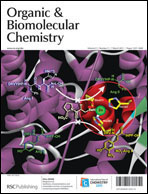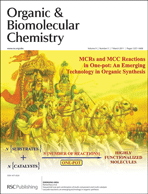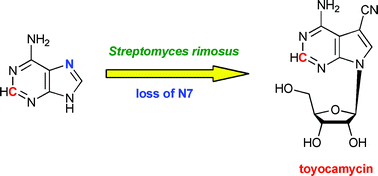Molecular self-assembly is an area of research that has spectacularly grown during the last two decades. The design of macromolecules that can adopt specific shapes and can act as receptors or host other molecules through non-covalent interactions has attracted particular attention.
One of the most popular building blocks in self assembly is calixarenes. However, although calix-[4]-arenes have been widely studied in the field of molecular recognition, calix-[6]-arenes have not received as much attention due to the flexibility of their skeleton. The design of calix-[6]-arenes is still a challenging task.
In this paper, Stephane Le Gac, Ivan Jabin and co-workers take advantage of the versatility of the calix[6]arene functionalization together with the flexibility of its skeleton to create additional host-guest and host-host interactions. The resulting supramolecular receptors are unique since these additional interactions are reminiscent of intra-protein interactions in biological receptors.
If you want to find out more about these unique supramolecular receptors, download this HOT paper which is free to access until 23rd March.
Allosterically driven self-assemblies of interlocked calix[6]arene receptors
Stéphane Le Gac, Jean-François Picron, Olivia Reinaud and Ivan Jabin
Org. Biomol. Chem., 2011
DOI: 10.1039/C0OB01020K











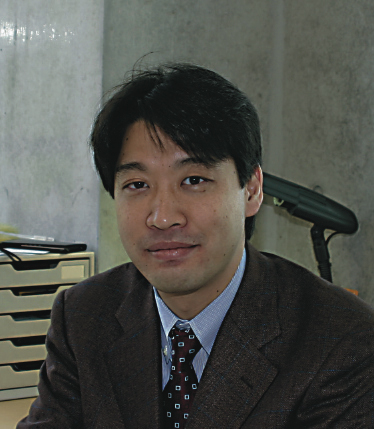 Ken Itami studied chemistry at Kyoto University and received his PhD in 1998 under the guidance of Prof Yoshihiko Ito. He also had the pleasure to work as a predoctoral researcher in the group of Prof Jan-E Backvall at Uppsala University, Sweden. He began his academic career at Kyoto University as an Assistant Professor (with Prof Jun-ichi Yoshida) and then he moved to Nagoya University to become an Associate Professor (with Prof Ryobi Noyori). In 2008 he was promoted to full professor.
Ken Itami studied chemistry at Kyoto University and received his PhD in 1998 under the guidance of Prof Yoshihiko Ito. He also had the pleasure to work as a predoctoral researcher in the group of Prof Jan-E Backvall at Uppsala University, Sweden. He began his academic career at Kyoto University as an Assistant Professor (with Prof Jun-ichi Yoshida) and then he moved to Nagoya University to become an Associate Professor (with Prof Ryobi Noyori). In 2008 he was promoted to full professor.